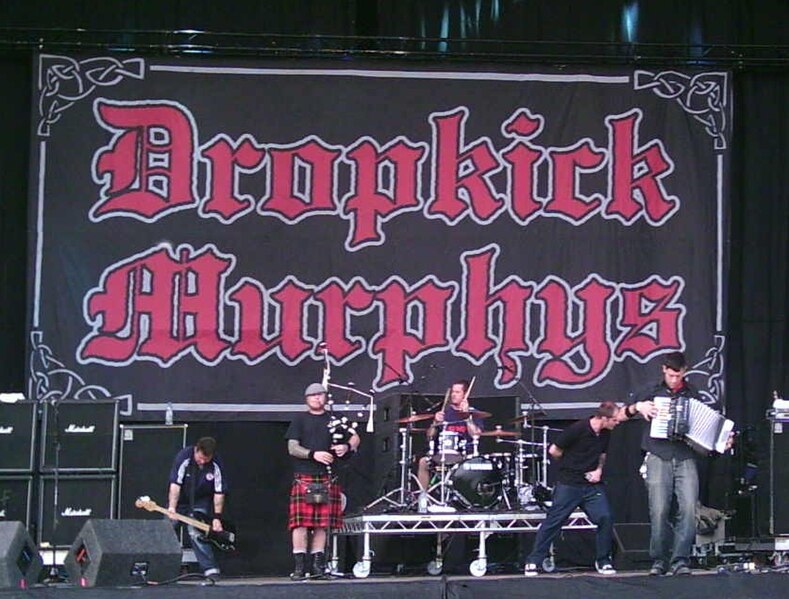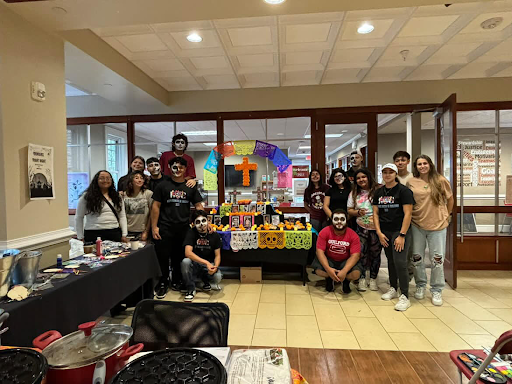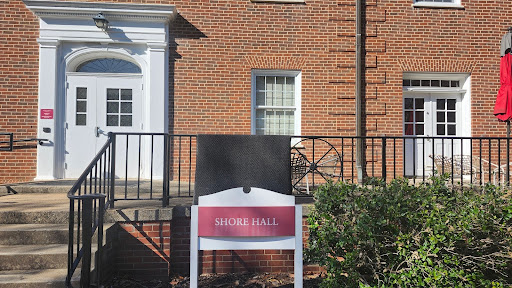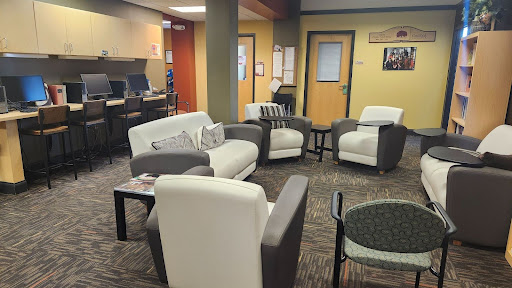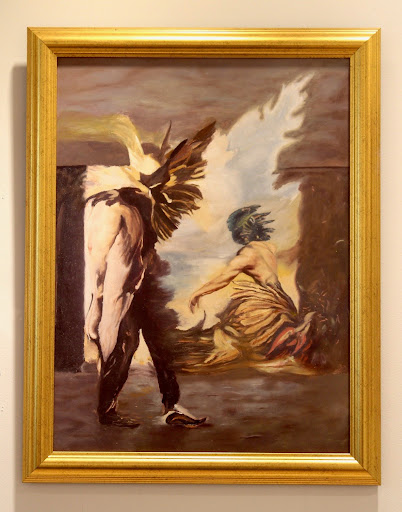“In captive, drugs and alcohol/ Wondering will I live or die/ My soul a walking time bomb/ Living day by day/ Hustling through life/ To meet my needs,” wrote Forrist Willis in his poem, “My Life Story.”
Willis is one of several storytellers taking part in the Storyscapes Project in downtown Greensboro, all of whom have or are currently experiencing homelessness. The project shares the stories of those aided by the Interactive Resource Center and reveals those individuals’ intimate relationships with the cityscape.
“The goal of Storyscapes is to remap downtown Greensboro from the perspective of people who experienced homelessness,” said project creator Gwen Frisbie-Fulton. Each piece is exhibited where the story took place. The IRC has maps for people who want to walk the streets and read the stories. Some are notes, some are art pieces and some are poems.
“Ruptured sidewalks and hemorrhage stained blocks, many strangers you have deceived/ Rusted rivets and arches, an ugly structure thou art, but abundance of character you have received,” writes a participant known as Gas Man.
His piece, called “Dream Bridge,” was placed on the bridge crossing Davie Street, Martin Luther King Jr. Boulevard and Elm Street. The words of each of the writers tell stories that would seldom ever be heard.
The project opens a new way of thinking for the readers.
“There’s something really powerful about stories, no matter the context of how we share them,” said Kim Yarbray, project and communication manager for the Center for Principled Problem Solving, a group that has worked with Greensboro’s homeless population in the past. “Stories are the things that make us human.”
Some of the stories go beyond the perspective of the writer and into sharing pieces of Greensboro history.
“Why justice never prevailed … and the KKK went free …/ How this horrible act is a part of my legacy … / How this changed my life forever, and forgiveness is/ Still taking it’s time …,” writes Donna Harrelson-Burnett about the Ku Klux Klan killings that occurred in Morningside Homes on Nov. 3, 1979.
The poem was placed in Greensboro’s Civil Rights Museum. This project explores the relationship between the people and the city.
“When people who are experiencing homelessness are able tell their stories of place, it allows them to become visible as human beings, but it also adds a dimensionality to the place we live,” said Yarbray.
“As we walk across the world — on paths, on streets, in woods — every step we take has been taken by others before us.”
The goal of the project is to reveal the personalities and stories of the people who experience homelessness and show that they are people first.
“Through these beautifully-written pieces, readers can see the people who experience homelessness as real people who contribute to the community,” said Frisbie-Fulton.
The writers clearly have a fresh perspective on many aspects of the city that may pass under others’ radars.
“I have never ridden a bus before,” wrote Melea G. Lail in her piece “Ode To The Depot.” “I have a 31 day bus pass. And a lot of places to go/ Calling Me the green and white blood that/ Runs through Greensboro’s veins of asphalt/ Steering me on my new life.”
The poignant storytelling of these experiences provides a point of view that many of the readers would never have understood considering the authors’ backgrounds.
“Often what we see and take in is a person on the streets with dirty clothes, but these people have lives,” said Yarbray. “They have lived, they have families, they’ve had jobs. They come from the same places that we all come from. Getting to know those people as people first and then looking at their life situation is important.”
The pieces share stories that are unique and important, and bring fresh perspectives to the minds of every Greensboro citizen.
And the stories deserve to be shared.
[photomosaic nggid=159]


